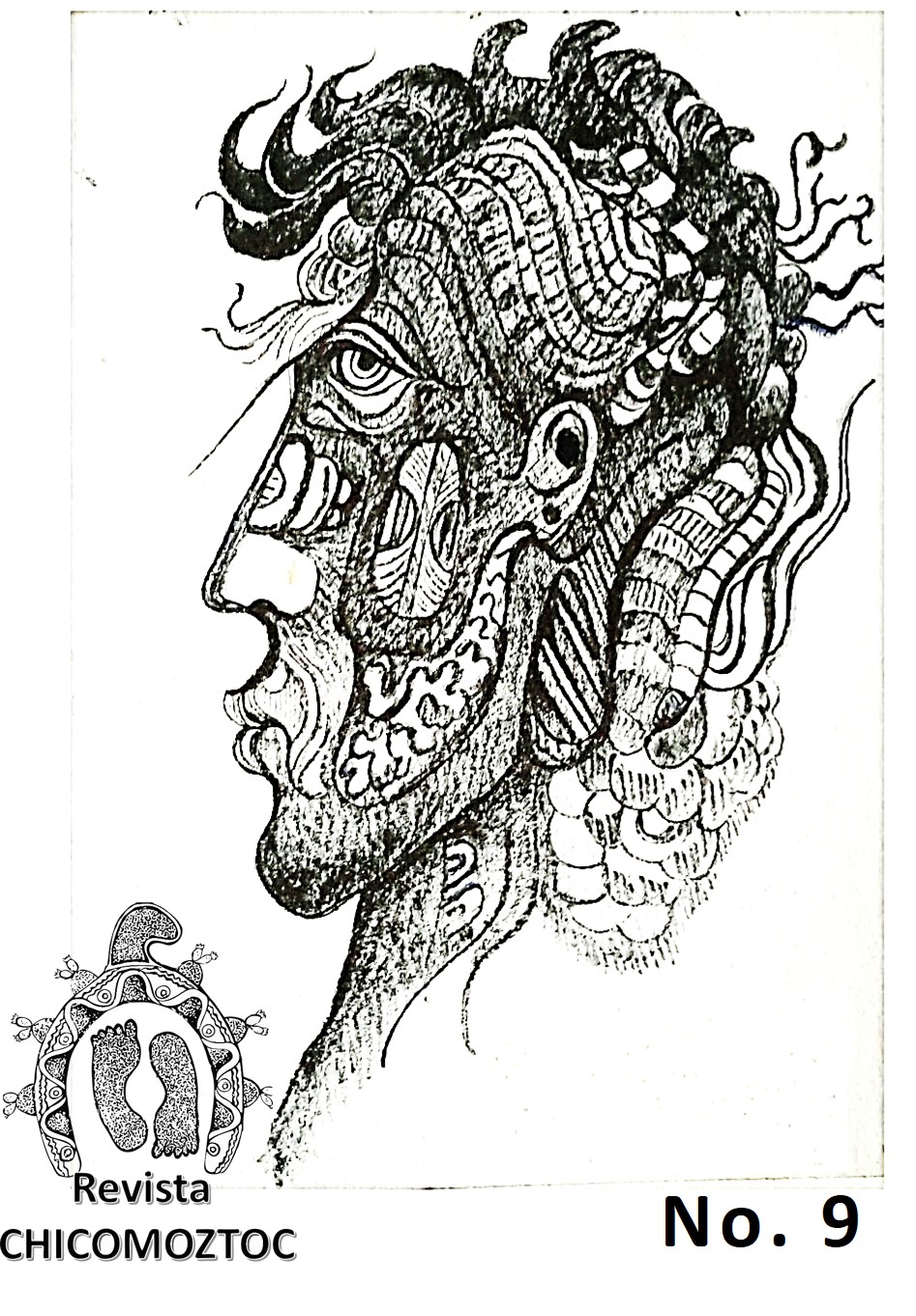El caldo de temachaca: Tradición culinaria de los cañones del Sur de Zacatecas. El caso del municipio de Jalpa
Publicado 2023-01-10
Palabras clave
- Alimentación,
- temachaca,
- Jalpa,
- rescate,
- platillo ancestral
Cómo citar
Resumen
La siguiente investigación tuvo como objetivo obtener un registro detallado sobre las diferentes actividades relacionadas con: la obtención, la preparación y el consumo del caldo de temachaca, vinculados con conocimientos tradicionales que lo vuelven patrimonio cultural e identitario no sólo de Jalpa si no de la región. Para esto se llevó a cabo la consulta de las fuentes históricas, el uso de las entrevistas, la aplicación de encuestas y finalmente para entender los procesos de obtención, elaboración y consumo del caldo de Temachaca, se tomó como base el modelo de cadena conductual propuesto por Michael B. Schiffer, el cual ayudó a la reconstrucción de los diferentes espacios, materiales y herramientas usados en los diferentes procesos involucrados en la preparación y consumo de éste platillo, obteniendo como resultado el rescate detallado de la obtención de la temachaca, así como también el proceso de elaboración de este caldo tradicional y de algunos otros platillos elaborados con este manjar, concluyendo lo siguiente: si bien hasta el momento no hay alguna investigación arqueológica que muestre evidencia de la temachaca en la época prehispánica; se puede deducir que este manjar pudo haberse consumido desde tiempos ancestrales debido a que ha sido parte de la alimentación de las familias por generaciones, y al ser un árbol endémico no sólo de la región si no del país, y aunque no se tiene la certeza de donde se originó este platillo (municipio o estado), sabemos que es una tradición de toda una región y que su consumo se puede remontar a mucho antes de esta división actual de los estados de nuestro país; razones por las cuales se considera como un platillo ancestral.
Palabras clave: alimentación, temachaca, Jalpa Zacatecas, rescate, patillo ancestral.


